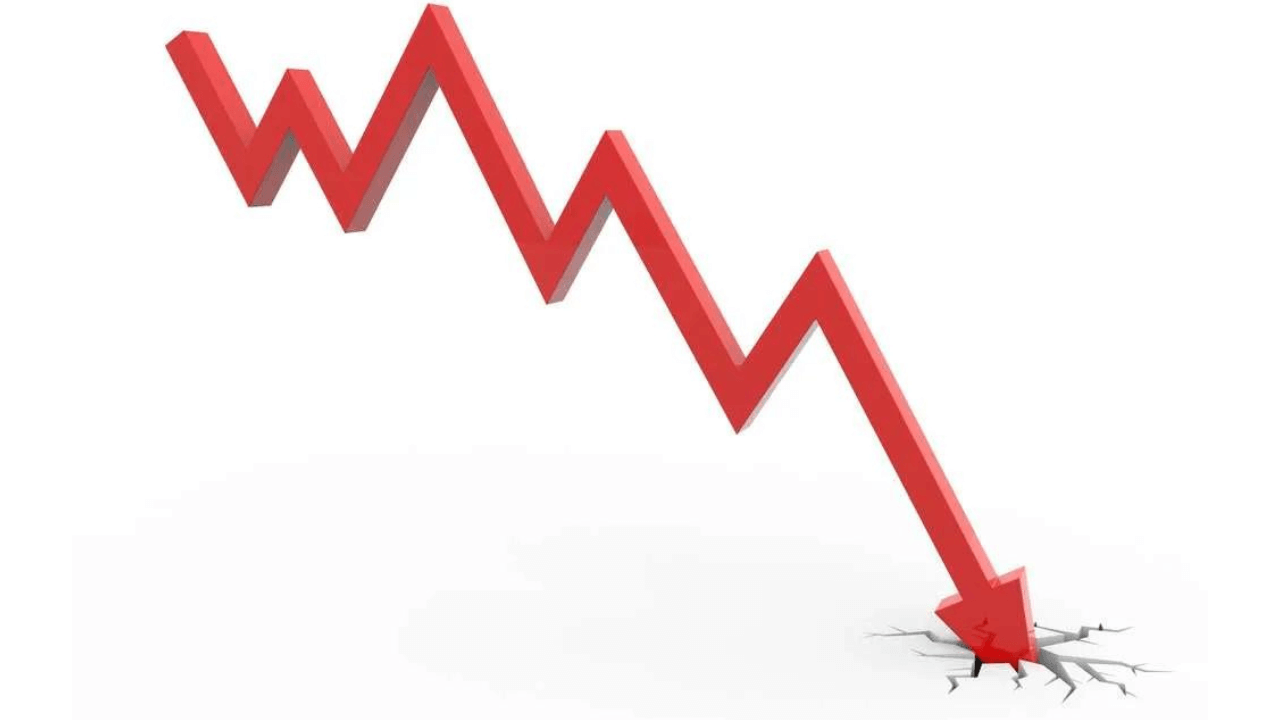According to government data released on 12 June, India’s annual retail inflation dropped to a more than two-year low of 4.25% in May. This decrease was primarily due to reduced cost pressures on food, bringing it closer to the Reserve Bank of India’s target of 4%.
More About the News
- The Consumer Price Index (CPI) based inflation in India decreased to 4.25% in May from 4.70% in the previous month, as reported by the Ministry of Statistics and Programme Implementation (MoSPI). Although the inflation rate has remained within the upper tolerance band of 6% set by the central bank for the third consecutive month, it is still above the medium-term target of 4%.
- While food inflation eased to 2.91% in May from 3.84% in April, prices of essential food items such as meat, fish, eggs, milk, and vegetables continued to rise.
- The moderation in food prices has provided some relief to rural areas, where inflation slowed to 4.17% compared to 4.27% in urban areas.
- In addition, government data shows that the Index of Industrial Production (IIP) increased to 4.2% in April from 1.1% in March.
The drop in retail inflation is welcomed by the RBI, which is expected to pause its rate hikes for the rest of the year.
Impact of Monsoon
- Economists have expressed concerns about the potential impact of a below-average monsoon on food inflation in the second half of the fiscal year. The development of El Nino conditions could lead to a rise in food prices once again.
- The delayed onset of the monsoon and deficient rainfall in June have raised apprehensions. Adequate rainfall in July is crucial for timely sowing of crops across the country.
- The June-September monsoon season is of great significance for India as it accounts for more than a third of the country’s annual rainfall. This rainfall plays a crucial role in supporting agriculture, replenishing reservoirs and aquifers, and meeting the demand for power generation.
- With over half of India’s arable land dependent on rainwater, agriculture serves as a major source of employment.
Policymakers closely monitor the monsoon and global factors such as El Niño to intervene if necessary and ensure appropriate measures are taken to mitigate any potential impacts on the agricultural sector and overall economy.
What is Inflation?
Inflation refers to the increase in the general price level of goods and services in an economy over time, resulting in a decrease in the purchasing power of money.
What is Retail Inflation?
Retail inflation, also known as consumer price index (CPI) inflation, measures the average change in prices of a basket of goods and services consumed by households. It is calculated by comparing the prices of the basket of goods and services in a given period with the prices of the same basket in a base period.
What is Consumer Price Index (CPI)?
- Consumer Price Index (CPI) is a measure of the average change in prices of a basket of goods and services consumed by households.
- It is a widely used economic indicator that helps measure retail inflation and is often used as a gauge of changes in the cost of living.
- The CPI is calculated by taking the price of a representative sample of goods and services that are commonly consumed by households, such as food, housing, transportation, medical care, and recreation, among others.
- The prices of these items are collected from various retail outlets and service providers across different regions in the country.
- The CPI is measured separately for rural and urban areas of the country.
- The CPI is calculated and published by the National Statistical Office (NSO) under the Ministry of Statistics and Programme Implementation (MoSPI), on a monthly basis.
- The index is based on a fixed basket of goods and services that is updated every few years to reflect changes in consumption patterns.
- The base year for the current CPI series in India is 2012, with a base index value of 100.
- The CPI is an important tool for policymakers, as it helps them to assess the impact of changes in monetary and fiscal policy on inflation and the cost of living.
- For example, if the CPI shows a rise in inflation, the central bank may increase interest rates to curb spending and reduce inflationary pressures.
- Similarly, the government may take measures such as adjusting tax rates or subsidies to contain inflationary pressures.
- 3 August Current Affairs 2023 in English
- MoU Between Subroto Mukerjee Sports and Education Society and All India Football Federation (AIFF) to Promote Football at Grassroot Level
- Dr. Mansukh Mandaviya Delivers Keynote Address at the 13th Indian Organ Donation Day ceremony
- Education Ministry Forms Expert Panel on Anti-Discrimination in Higher Education
- Concerns Arise Over Cheetah Deaths at Kuno National Park
Retail Inflation – FAQs
How is retail inflation measured?
Who calculates retail inflation in India?
What is the major difference between CPI and WPI?
The CPI measures retail inflation at the consumer level. It tracks the prices of a basket of goods and services that are typically purchased by households.
The WPI measures inflation at the wholesale level. It tracks the prices of goods that are sold by producers to businesses.
